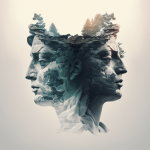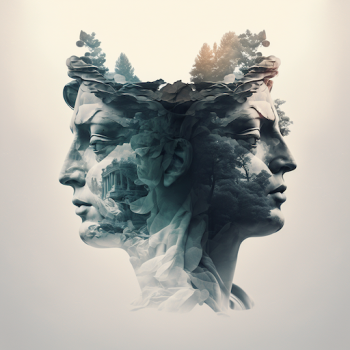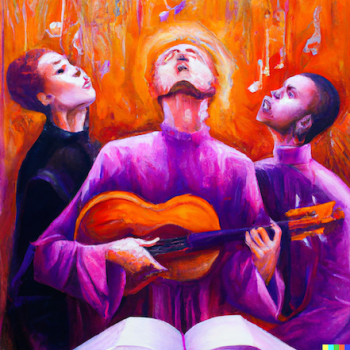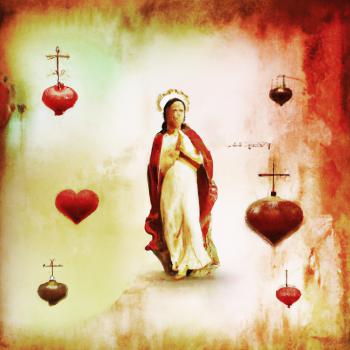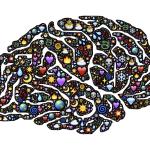Beyond Form
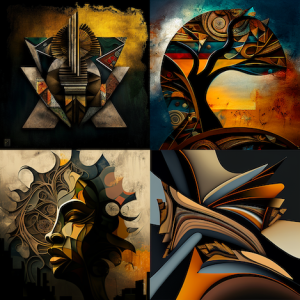
While religious art often features recognizable figures and scenes, abstract art, by its very nature, eschews the literal. Yet, within the realm of non-representational forms, colors, and textures lies a surprising potential to convey spiritual themes with profound depth and emotional resonance.
Transcending the Literal:
Unlike figurative art, abstract art doesn’t attempt to depict specific religious figures or narratives. Instead, it taps into the non-verbal and non-rational aspects of human experience – a realm often associated with the spiritual and mystical.
- Color takes center stage, with its inherent emotional and symbolic associations. Warm hues like yellows and oranges can evoke feelings of joy and divinity, while cool blues and purples might suggest peace and contemplation.
- Form and line play a crucial role in shaping the viewer’s experience. Swirling lines can create a sense of dynamic energy akin to spiritual awakening, while geometric shapes can evoke a sense of order and balance that resonates with some spiritual traditions.
- Texture adds another layer of depth, with rough surfaces suggesting the primordial nature of creation and smooth textures evoking feelings of calm and serenity.
Evoking the Ineffable:
Abstract art allows viewers to engage with the subjective and intangible aspects of faith. It doesn’t dictate a specific interpretation; instead, it invites contemplation and personal connection.
- An artist like Mark Rothko used large, color-field paintings to evoke feelings of awe and transcendence, inviting viewers to contemplate the vastness and mystery of the divine.
- Hilma af Klint, a pioneer of abstract art, believed her paintings channeled spiritual beings and depicted the journey of the soul towards the divine.
A Space for Individual Interpretation:
The beauty of abstract art lies in its ability to spark unique and personal interpretations in each viewer. This openness allows individuals of diverse faiths, or even no specific faith, to connect with the art on a personal level and find spiritual meaning within its non-representational forms.
Conclusion:
Abstract art, in its ability to bypass the limitations of the literal, offers a unique and powerful lens for exploring the essence of faith. It transcends the boundaries of specific religious traditions, inviting individual reflection and fostering a deeper connection with the mysterious and profound aspects of the human experience.


